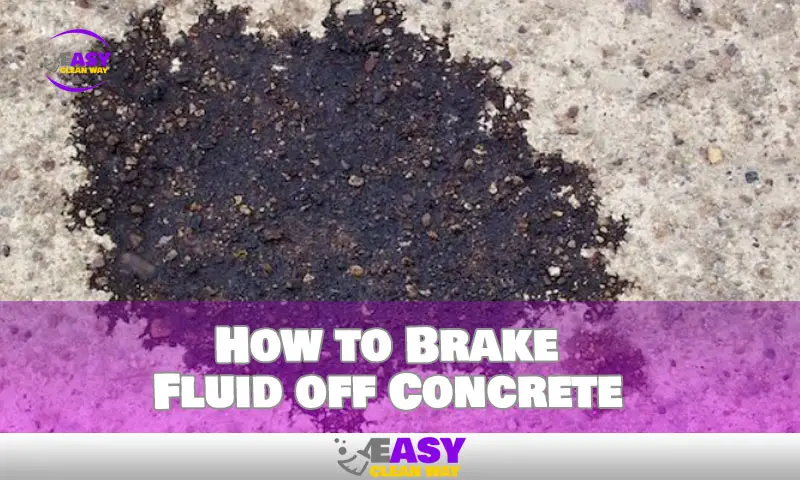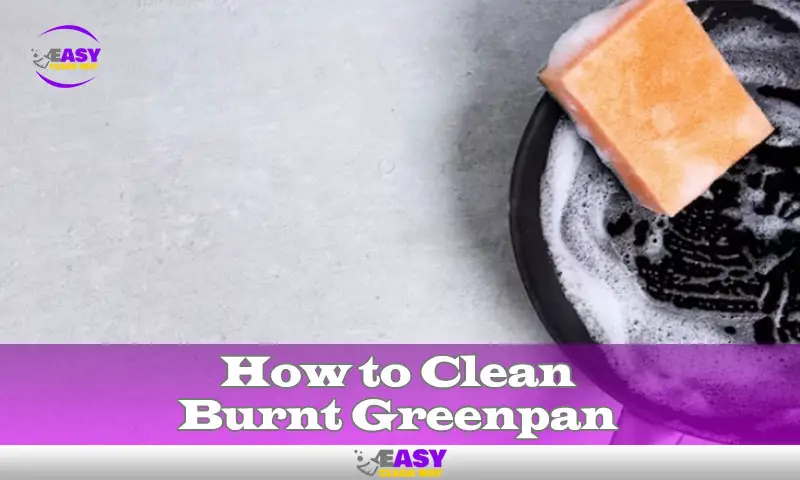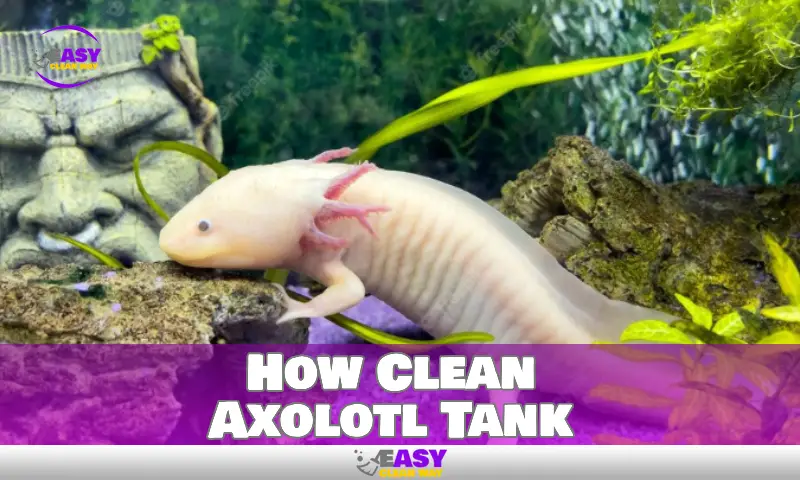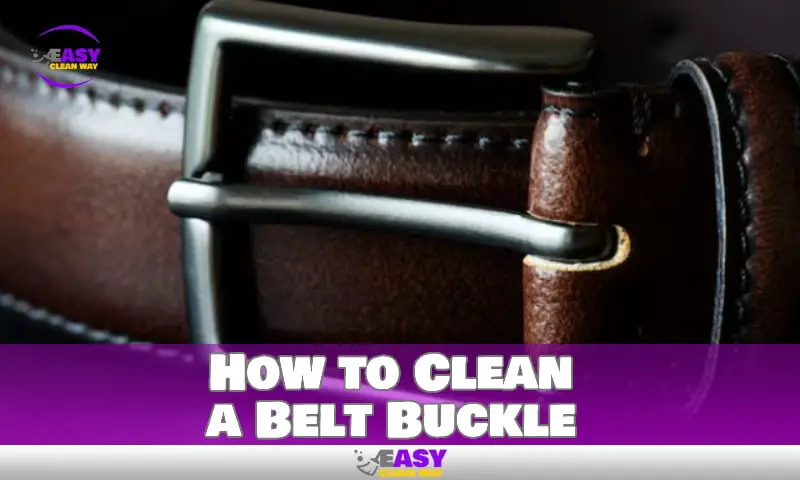Brake fluid spills are one of the most common types of auto messes that you can encounter. If left unattended, this hydraulic fluid can cause significant damage to concrete surfaces. It is important to act quickly and know how to properly clean it up.
This article will discuss the different methods for removing brake fluid from concrete, so that you can tackle the issue efficiently and effectively. We will cover different strategies that you can use depending on the severity of the spill, as well as tips for preventing further damage caused by brake fluid.
We hope that after reading this post, you will be more confident in your ability to handle brake fluid spills on your own and know how to keep yourself and your property safe from further damage.
What Is Brake Fluid?
Brake fluid is a type of hydraulic oil used in hydraulic brake systems to transfer pressure from the driver’s foot to the brakes. It is also known as hydraulic fluid or brake oil, and it’s essential for your vehicle’s safety, as it increases the braking power and reduces wear on the braking system.
Fortunately, if cleaned properly, brake fluid is simple to detect and remove from concrete surfaces. You must first determine what kind of surface the brake fluid is on in order to know how to remove it from concrete. If the liquid is on a rough surface, such gravel or soil, you might be able to safely remove it by sweeping it up. But, you’ll need to employ a different technique for cleanup if the fluid is on a hard surface like asphalt or concrete.
Degreasers and detergents made specifically for cleaning up oil and grease spills are frequently used to remove brake fluid from concrete. Home cleaners like liquid dish soap can also be used; simply apply a good amount of water and scrub with some cardboard after.
Why Do We Need to Remove Brake Fluid From Concrete?
You may need to remove brake fluid from concrete if you have spilled it in your garage or on your driveway, or if it has dripped from an undercarriage. Brake fluid can cause stains on concrete, making it look unsightly.
Brake fluid is also harmful and, if not removed right after, can harm the environment. Glycols and other synthetic compounds, which can be toxic to both people and plants, are mixed together in it.
Fortunately, no matter how massive the spill, extracting brake fluid from concrete is simple and affordable! A degreaser, detergent, hot water, bleach, and oven cleaner are all you need. With these supplies on hand, you can easily tidy up any mess that brake fluid leaks leave behind.
What Precautions Should You Take When Removing Brake Fluid From Concrete?
When you’re removing brake fluid from concrete, it’s important to take certain precautions in order to protect yourself and others. Here are a few safety tips to keep in mind:
Wear Protective Gear
Make sure to wear appropriate protective gear such as gloves, goggles, or a face mask when working with degreasers or detergents. These chemicals can irritate your skin and eyes and can cause respiratory problems if inhaled.
Avoid Direct Contact With The Spill
It’s also important to avoid direct contact with the brake fluid spill. Even if you’re wearing protective gear, it’s best to keep your distance because brake fluid is highly toxic and can be dangerous if ingested or absorbed through the skin.
Use An Absorbent Material To Soak Up The Excess Fluid
Once the brake fluid has been removed from the concrete, use an absorbent medium to soak up any leftover surplus brake fluid, such as sawdust or cat litter. This will make cleaning easier for future use and help stop any further harm to the area.
How Can You Safely Remove Brake Fluid From Concrete?
It’s not always easy to remove brake fluid from concrete, but it can be done with the right knowledge and supplies. Here are a few methods you can use to safely remove brake fluid from concrete:
Use a Degreaser or Detergent
Using a degreaser or detergent can help to break down and wash away the brake fluid stain. Be sure to wear protective gloves when applying the solution, and thoroughly rinse the area afterwards.
Cover and Sweep Up
Cover the stained area with cat litter and allow it to sit for several minutes. This will help to absorb any leftover brake fluid residue that is still present. Once you’ve allowed the cat litter to sit for several minutes, sweep it up and discard it properly.
Use Baking Soda & Water
Another choice is to create a paste-like consistency by combining baking soda and water. Scrub the stained area with this mixture using a brush, and then thoroughly rinse the area one more before wiping it dry with a clean cloth. This procedure aids in removing any lingering brake fluid residue.
You should be able to safely and effectively remove brake fluid from concrete by following these instructions.
Tips and Tricks for Removing Brake Fluid From Concrete
Brake fluid removal from concrete can seem difficult, but with a few pointers and tactics, you can remove the stain with ease.
Using hot water and bleach can greatly simplify the cleaning process for minor brake fluid stains. When cleaning with bleach, wear gloves and safety goggles to guard against any strong fumes that may be released by the mixture. Rub the brake fluid stain with a scrub brush or mop to help remove it as much as you can.
Cover the spill area with a substance like Oil Dry, kitty litter, sand, corn starch, cornmeal, or baking soda for stronger stains. After letting this set for at least 15 minutes, clean away any leftover debris. Once you’ve finished, thoroughly wipe the concrete where the brake fluid had been absorbed using your brush or mop and a solution of hot water and bleach.
FAQs on Removing Brake Fluid From Concrete
Removing brake fluid from concrete can be a tricky process. Here are some of the most common questions asked when attempting to clean brake fluid stains from your concrete surfaces:
Q: What is the best way to remove brake fluid from concrete?
The most effective way to remove brake fluid from concrete is to mix hot water and bleach together and then rub the area with a brush or mop. Pressure washing can also be used to remove dried brake fluid from concrete.
Q: Does bleach damage concrete?
No, bleach does not damage concrete, as long as it is used in the correct concentration. It is important not to use too much bleach as it can weaken the surface of the concrete, which could lead to further damage.
Q: How long does it take for the stain to go away?
The time it takes for a brake fluid stain on concrete to go away depends on the type and age of the stain. Older stains may require more time, but usually only take a few days to disappear completely with proper treatment.
People Also Like: How to Clean a Bolt Action Rifle
Conclusion
Unfortunately, brake fluid stains on concrete happen frequently. Before the stain settles up, it’s critical to act quickly to remove brake fluid from concrete properly. You may thoroughly remove any traces of brake fluid from your concrete surface by using the right methods and products. Use a degreaser that is expressly labelled as being safe for concrete; otherwise, you risk damaging the concrete’s surface.
In addition, make sure to thoroughly rinse the concrete surface with plain water after using any degreaser, as any leftover residue can make the stain worse. You can remove brake fluid from your concrete surface properly if you have the necessary knowledge and method.
Hey there! I’m Alton Smith, your Clean Expert blogger. I’m on a quest to help you conquer chaos and embrace the joys of a tidy life.





